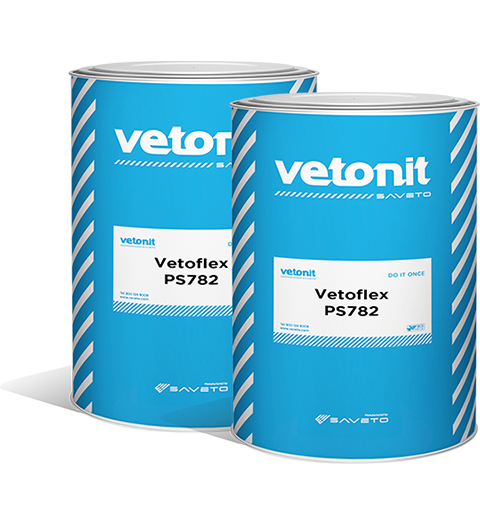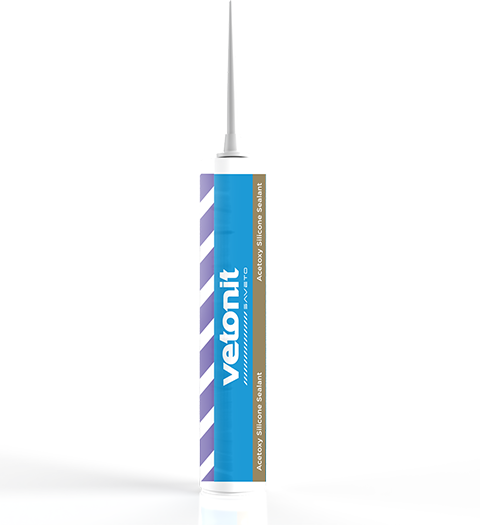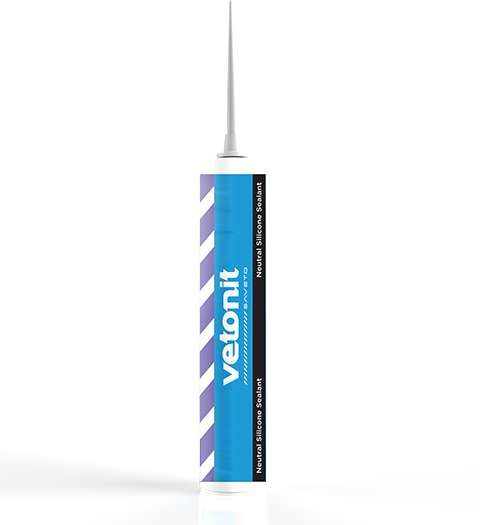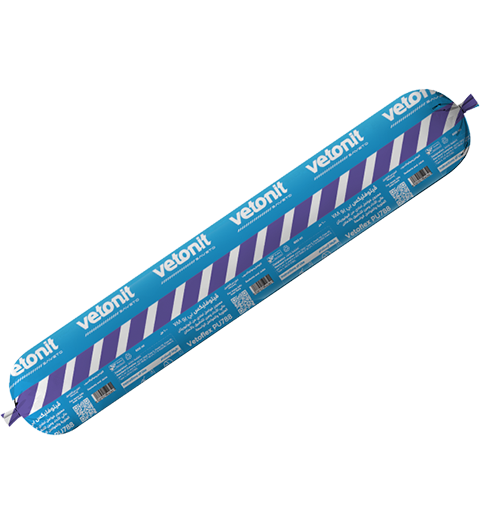Vetoflex PS782
Two - component polysulphide trafficable joint sealant.
Vetoflex PS782 is a two-component, high-performance, elastomeric, chemically-curing, multi-purpose polysulphide joint sealant. When cures, it forms an elastic sealant with high mechanical strength, abrasion resistance, and high extensibility to withstand long-term dynamic movement. Vetoflex PS782 can be applied to joints between 5 and 40 mm wide.

Uses
- The heavy-duty civil sealant is used for sealing joints in bridges, roadways, concrete ponds, warehouse floors, dams, canals & culvert.
- As a general elastic adhesive for materials with dissimilar properties and thermal expansion coefficients.
- Movement and static joint sealing in various construction industry requirements.
- Suitable for use in contact with the sewage water.
Advantages
- Weather-resistant, suitable for external & internal applications.
- No crack or craze under UV exposure.
- Excellent adhesion to most building materials.
- Excellent movement accommodation.
- Excellent resistance to fatigue & deterioration due to weathering, UV & airborne pollutants.
- Highly resilient with good recovery characteristics.
- Maintains flexibility over a long time.
- Non-Toxic and withstands continuous water submersion.
Usage Instructions
Clean all joint surfaces and remove any dust, unsound material, plaster, oil, paint, grease, corrosion deposits, or algae. Roughen the surfaces, remove any laitance and expose aggregate by light scabbling or grit blasting.
Remove oil and grease deposits by steam cleaning, detergent scrubbing, or the use of a proprietary degreaser. Check any expansion joint filler to ensure it is tightly packed and no gaps or voids exist at the base of the sealing slot before positioning a bond breaker. The use of a bond breaker is not required in expansion joints containing cellular polyethylene joint filler, backing rod (Vetoflex PBR). For construction or contraction joints, use a bond breaker tape or backup strip. Where a particularly neat finish is required, mask the joint’s face edges before sealing and remove immediately after tooling is completed.
Prime all porous surfaces with Vetoseal XX777-50. The substrates should be dry before applying primer. Prime the sides of the prepared joints with a soft brush. Apply the primer in thin uniform film. Allow becoming tack-free before applying the sealant. To keep the joint edges clean, use masking tape on the joint sides and remove immediately after finish sealant application.
The components of Vetoflex PS782 are supplied in the correct mixing ratio. Add the entire contents of the hardener component into the base container and mix thoroughly for three minutes using a slow speed drill (300 to 500 rpm) fitted with a suitable mixing paddle. Ensure any settlement is thoroughly dispersed.
Scrape down the sides of the container to ensure that any unmixed components do not remain. Continue mixing for a further 2 minutes.
Pour the mixed Vetoflex PS782 directly from the mixing container by compressing the sides to form a pouring lip. Pour into the prepared joint to the required level. Should the joint width prohibit direct pouring from the container, pour the mixed material into a Vetoflex Barrel gun and apply it to the joint. After a few minutes, it may be necessary to top up the sealant level if it has flowed into joint irregularities. Finally, use a strip of any masking tape. When using gun grade, follow the same application procedure of using a bulk gun. Fill the bulk gun using a follower plate.
Remove Vetoflex PS782 from tools, equipment, and mixers with Vetonit Solvent XX400 immediately after use. Hardened material can only be removed mechanically.









